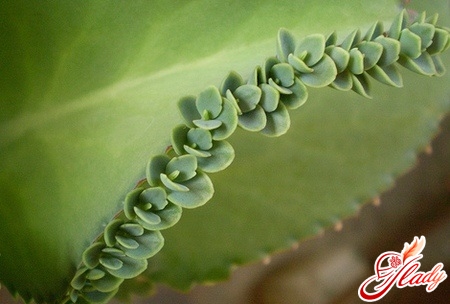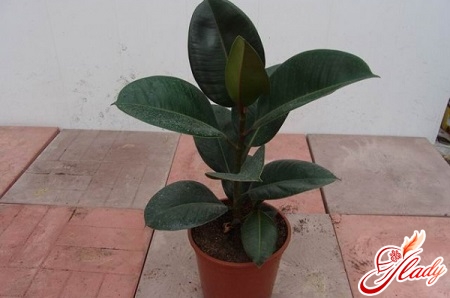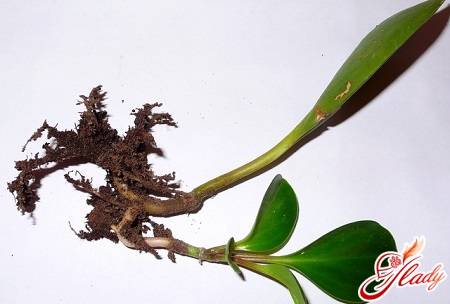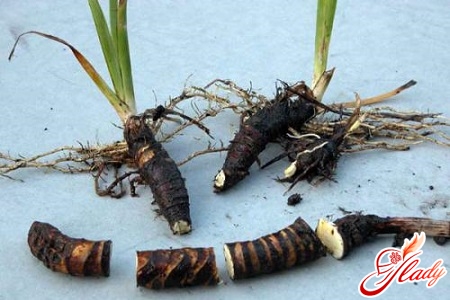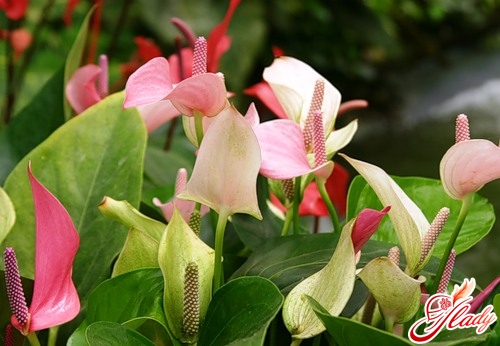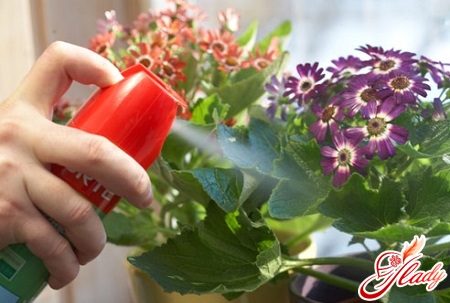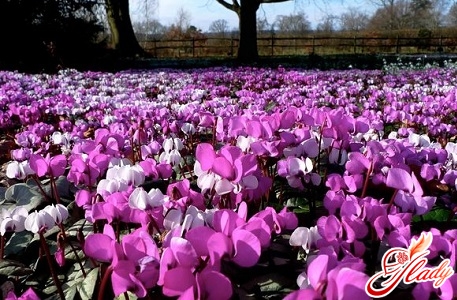 The desire to live surrounded by beautiful things is inherenteach of us. It is thanks to this desire, many plant indoor plants, creating a corner of nature in the apartment. Plants suitable for growing at home are quite a lot. And among them I want to highlight cyclamen. Flower growers-lovers know how hard it is to preserve the beauty of this flower after buying. Most often the fragrant bush dies, having pleased its owners only one season. What pests shorten the life of a plant, and what cyclamen diseases can be dangerous to his health? This is what we will discuss in this article.
The desire to live surrounded by beautiful things is inherenteach of us. It is thanks to this desire, many plant indoor plants, creating a corner of nature in the apartment. Plants suitable for growing at home are quite a lot. And among them I want to highlight cyclamen. Flower growers-lovers know how hard it is to preserve the beauty of this flower after buying. Most often the fragrant bush dies, having pleased its owners only one season. What pests shorten the life of a plant, and what cyclamen diseases can be dangerous to his health? This is what we will discuss in this article. 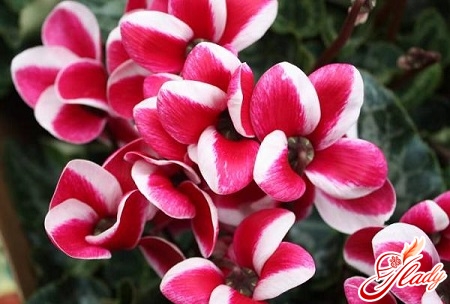
The most common cyclamen diseases
Virtually all diseases occur due toimproper care, which leads to the appearance of harmful bacteria and fungi. So, what is worth keeping watch? Gray rot Affects all parts of the plant. The cause of the disease is the fungus "Botrytis cinerea Pers", which is transported by air or is transmitted with an infected substrate. Cyclamen begins to become covered with a gray bloom, subsequently the affected areas become brownish and soften. Without treatment, the plant dies. Activation of the fungus is helped by abundant watering, high humidity of the surrounding air or an excess of fertilizers. To combat the disease, it is necessary to observe the correct watering regime and it is desirable to transplant the plant into a new, well-ventilated substrate. At the first signs of the disease, it is necessary to urgently effect treatment with the appropriate fungicides - foundation stone or breakaway. Rizoktonioznaya rot Can kill the plant in the shortest possible time. This disease is also caused by the fungus of the genus Rhizoctonia solani J.G. Kuhn ». Both young and old, already formed plants are susceptible to harmful influence. The disease manifests itself in the form of depressed spots on leaves, peduncles, cuttings and tubers. Distribution occurs from below-up. On these spots and multiplies a fungus, which has a gray or whitish shade. A plant with such a disease dies very quickly. The fungus is retained in the substrate for a long time. If the soil is regularly overmoistened, and the plant is kept at a sufficiently high temperature, the most favorable conditions for the reproduction of the fungus are created. Control measures for rhizoctoniazon rot include the restoration of humidity, the use of substrates with good ventilation, the selection of the correct feeding scheme. At the first symptoms of the disease, watering plants completely stop. If the improvements are not noticeable, change the substrate. Treatment with any fungicide is also carried out. Phytophthora rot This disease is most often found on the lower leaves and peduncles. They begin to dry out gradually, and after them the whole plant dies. The tuber is covered with a specific dead tissue. The disease, as in previous cases, is caused by the fungus, this time from the genus "Phytophthora". As a preventive measure, it is necessary to observe the regime of irrigation and fertilizers. Excessive soil moisture is already a signal for the appearance of a fungal infection. At the slightest sign of the disease, the plant is treated with fungicides: ridomil, prolyphite gold, or previcur. Diluted preparations strictly according to the instructions. Fusarium wilt of leaves leads to yellowing of leaves and their further withering and drying out. In this case, the root system of the plant is affected. The causative agent of the disease is also fungal infection - "Fusarium oxysporum Schlecht". In most cases, infection occurs due to the initially unhealthy substrate. I must say that this fungus likes to live in light soil mixtures and does not need excessive amounts of nutrients. Infected tubers during transplantation look absolutely healthy, but the slightest over-drying followed by overflow creates optimal conditions for the progression of the disease. Unfortunately, treatment of this disease rarely gives a positive result, so it is important to conduct its prevention in a timely manner. For this, it is necessary to maintain optimal temperature conditions and not to allow sharp changes in the soil state. 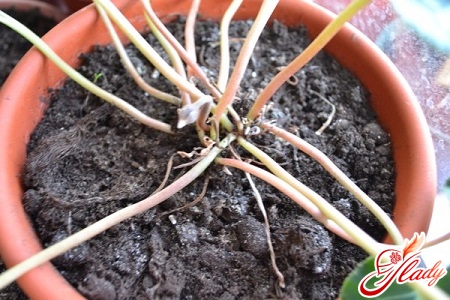
The main cyclamen pests
To understand if there is on your plantpests, consider it carefully enough, using a magnifying glass. If you find small insects on the leaves or traces of their vital activity in the form of a sticky secret - you should immediately take action. Since some cyclamen pests reproduce very quickly and do not give the plant a chance to survive.
- Cyclamenic tick
It is considered the most dangerous for the plant. This is a very small insect, which is hardly possible to consider with the naked eye. To see it you need a microscope. The adult reaches a length of only 0.3 millimeters. Most often, pest colonies look like a normal layer of dust on a flower. The cyclamen mite lives on the back of the leaf. Its appearance threatens to twist the stems and fold the leaves. A flowering plant dumps fading buds, and already opened flowers have deformed petals. All affected leaves must be removed, the plant is treated with insecticides.
- Shield
Thunderstorm of all indoor plants, and cyclamen is notan exception. It reproduces almost instantaneously - young individuals appear from under the guards of adult insects, able to move, covering both the leaves and stems of the plant. Adult insects are destroyed simply by removing from their homes. To combat the larvae need the help of insecticides.
- Thrips
Another global problem of cyclamen. They are much larger than the scabbards (adult individuals reach 1.5 millimeters in length), have a dark shade and a pair of whitish wings. Relate to flying insects. These pests feed on the juice of leaves, then move to the soil and destroy the tuber. Discover the thrips can be by their numerous excrement on the leaves and the general condition of the plant - the flowers are covered with small whitish dots, the specific silvery sheen of the leaf plate is cast into the eye. The edges of the leaves can be bent and twisted. To combat this pest, insecticides are also needed. It is advisable to use them as quickly as possible, until the larvae have left in the soil. As you already understood, the main thing is always to give the plant maximum attention. Observe all the rules of care and start treatment on time. For such care, cyclamen will certainly thank you for the magnificent flowering and abundant green mass.




